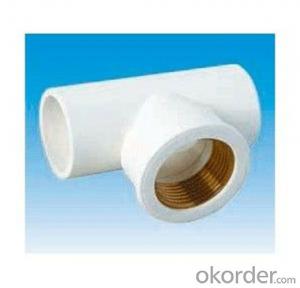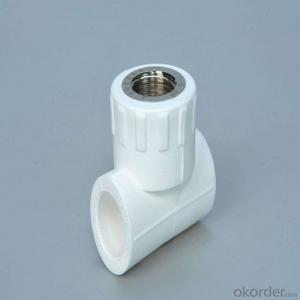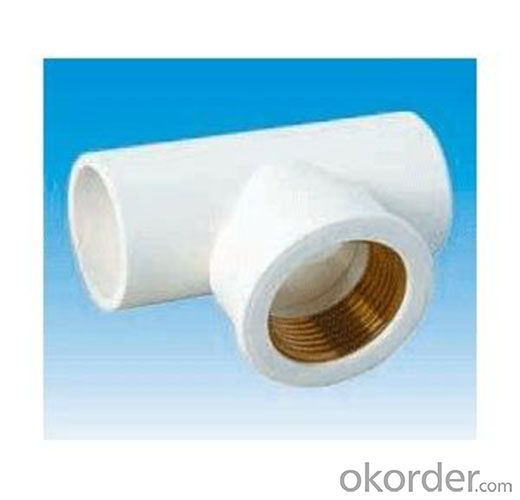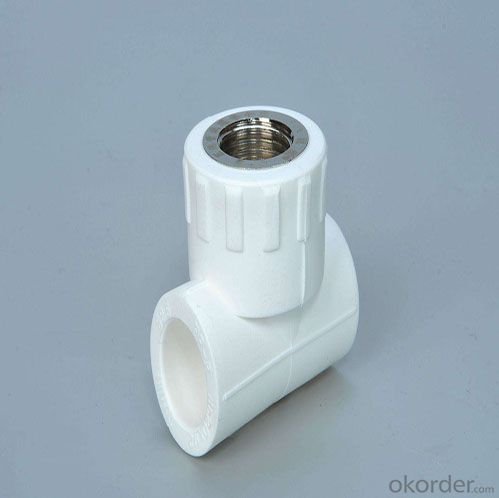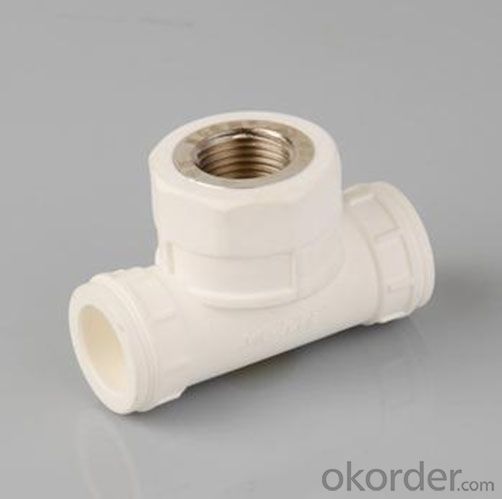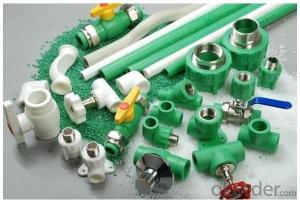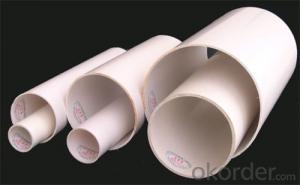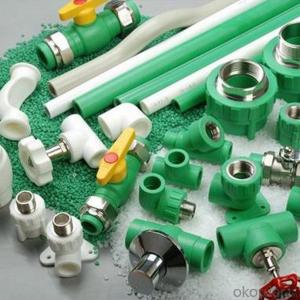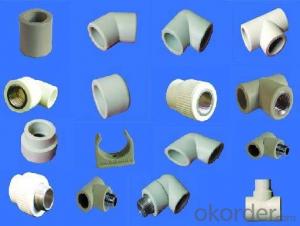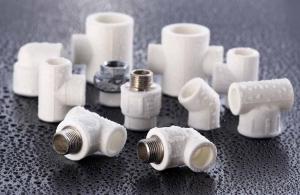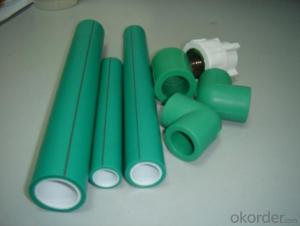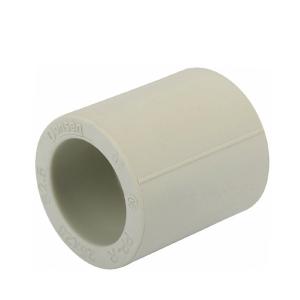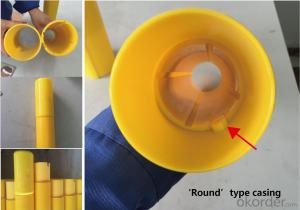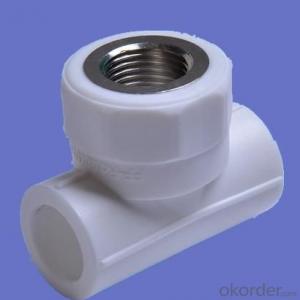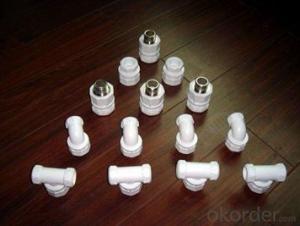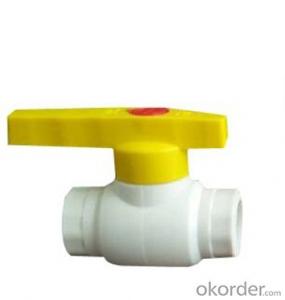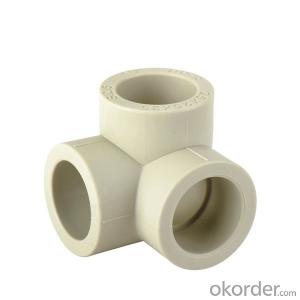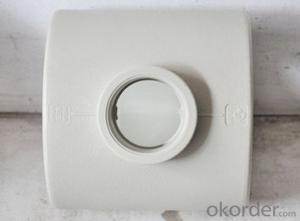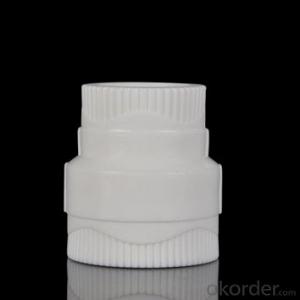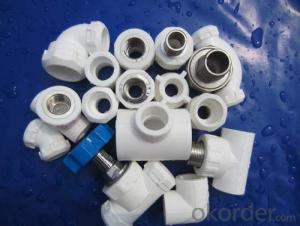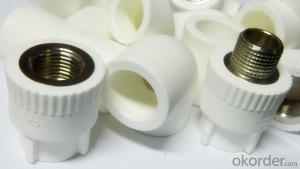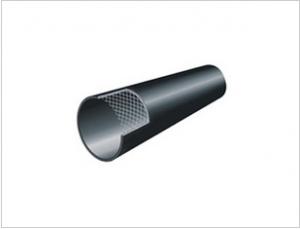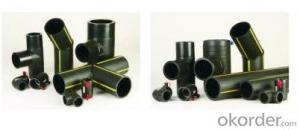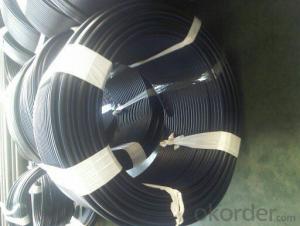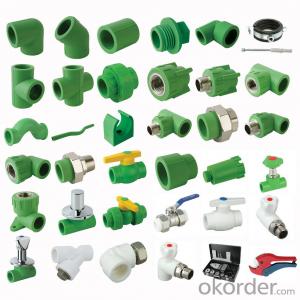Push Fit Connectors Plastic Pipe - 2024 PPR Tee Fittings for Industrial Application from China Factory
- Loading Port:
- Tianjin
- Payment Terms:
- TT OR LC
- Min Order Qty:
- 1000 pc
- Supply Capability:
- 1000000 pc/month
OKorder Service Pledge
OKorder Financial Service
You Might Also Like
Product Overview
PP-R (polypropylene random) tube called type three polypropylene pipe and is also called the PP-R pipe or PPR pipe, with energy saving, environmental protection, high strength, corrosion resistance, with smooth inner wall has the advantages of scale, construction and easy maintenance, long service life, widely used in building water supply and drainage, urban drainage city gas and power cable sheath, and industrial fluid transportation, agricultural irrigation construction, municipal, industrial and agricultural fields. The PP-R pipe is made of random copolymerized polypropylene and is extruded into tubes to be molded into tubes.
Advantages
1.We named this kind of fittings as PPR reducing sleeve. ppr reducing coupling
2.A whole part of this PPR reducing sleeve is made of polypropylene.
3.As you know, all the fitting designed for connecting the pipe or change the piping path. This PPR reducing sleeve is able to connect the different diameter pipeline together. I believe you know how to use it.
4.All of these PPR pipe fitting come in 3 different colors: white, gray, green.
5.Our PPR pipe fitting had been pasted the ISO9001 authentication. And had been got the CE certification.
6.These PPR reducing sleeve makes use of completely 100% new PPR material import from Korea. To be ensured that it is much healthier than the pipe make use of the reclaim plastic.
7.We adopt the newest technology in the piping produce industry.
8.We had been piping manufacturer for over 10 years. And we are good at this.
Product Description
Product name | Size | Weight | Pack |
Equal tee | (Gram/m) | (m/pack) | |
T16 | 12.5 | 1300 | |
T20 | 19.4 | 800 | |
T25 | 30.5 | 450 | |
T32 | 48.2 | 260 | |
T40 | 90.8 | 150 | |
T50 | 142.5 | 106 | |
T63 | 275.3 | 54 | |
T75 | 515.0 | 30 | |
T90 | 712.0 | 18 | |
T110 | 1082.0 | 12 | |
T125 | 1544.0 | 8 | |
T160 | 2531.0 | 4 |
Product Show
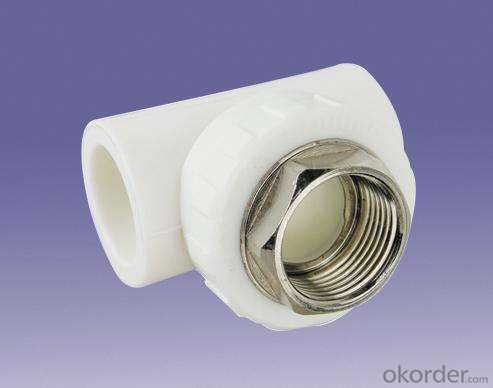
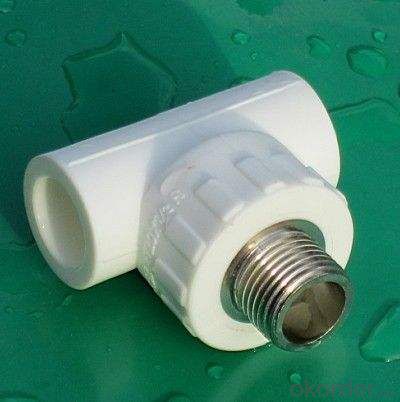
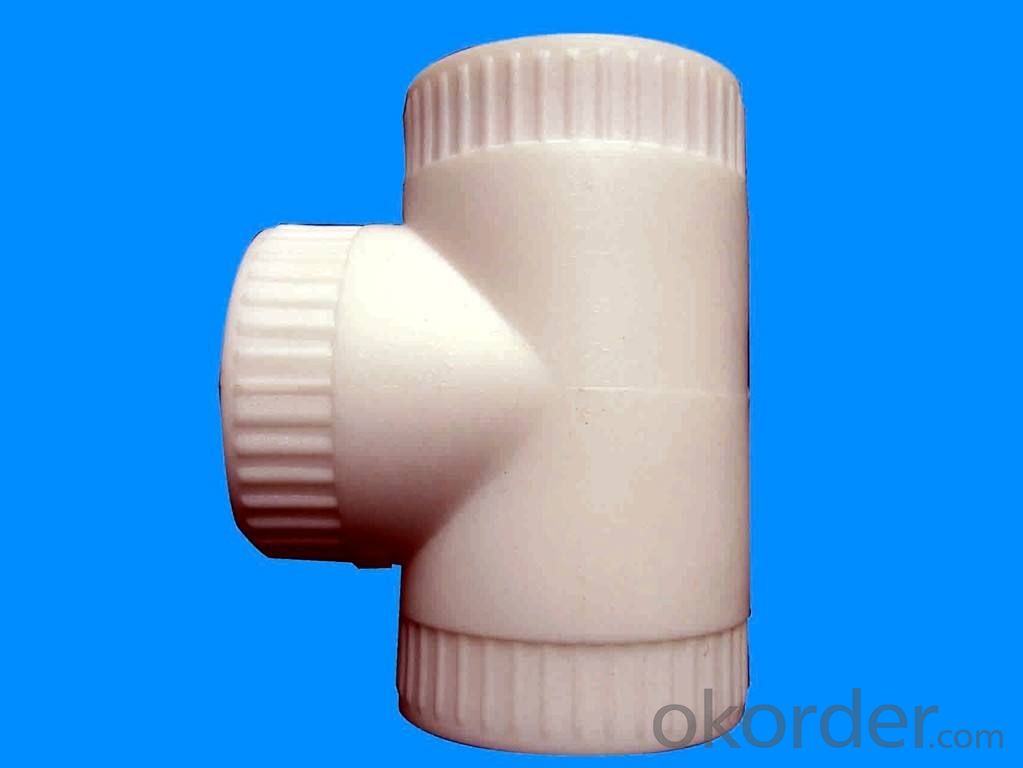
FAQ
1. Can you find a translator for me?
You can tell us which language you speak, we will find the translator for you, and will be together work.
2. If we want to develop some new item, but maybe we just have some ideas, how can you do?
We can make new mold base on your idea, generally, if your quantity is more enough, we can refund the mold cost to you.
3. How Long Is Delivery?
Delivery time will be 30-45 days according to order quantity.
4.What Is Our Normal Payments Terms?
Our normal payment terms: T/T, L/C or western union.
- Q: Hot melt connection method of PE-RT plastic pipe and the matters needing attention
- The hot melt tool is connected to the power supply and can start operation until the working temperature indicator is bright;
- Q: Are plastic pipe fittings compatible with expansion joints?
- Yes, plastic pipe fittings are compatible with expansion joints. Expansion joints are designed to accommodate the thermal expansion and contraction of pipes, and plastic pipe fittings can easily be connected to them to allow for movement and flexibility without causing leaks or damage.
- Q: Are plastic pipe fittings suitable for use in greenhouses?
- Yes, plastic pipe fittings are suitable for use in greenhouses. They are lightweight, durable, and resistant to corrosion, making them ideal for irrigation systems and various other applications within a greenhouse environment. Additionally, plastic pipe fittings are easy to install, cost-effective, and require minimal maintenance.
- Q: Can plastic pipe fittings be used for gas piping systems?
- No, plastic pipe fittings should not be used for gas piping systems. Gas piping systems require materials that are specifically designed and approved for use with gas, such as steel or other approved metallic materials. Plastic fittings may not be able to withstand the high pressures and temperatures associated with gas distribution and can pose a safety hazard.
- Q: Are plastic pipe fittings compatible with electrofusion welding?
- Yes, plastic pipe fittings are compatible with electrofusion welding. Electrofusion welding is a commonly used method for joining plastic pipes and fittings together, providing a strong and reliable connection.
- Q: Can plastic pipe fittings be used for water treatment plants?
- Yes, plastic pipe fittings can be used for water treatment plants. Plastic fittings, such as PVC or CPVC, are commonly used in water treatment plants due to their corrosion resistance, durability, and cost-effectiveness. They are suitable for a wide range of applications, including water distribution, chemical dosing, and wastewater treatment processes. However, it is important to ensure that the selected plastic fittings meet the necessary standards and regulations for water treatment plant applications.
- Q: Who knows the size of the PVC pipe and what is the maximum and minimum size?
- The physical properties such as molecular weight, crystallinity and softening point of PVC change with the polymerization conditions (temperature). PVC resin is used as base material and mixed with various additives such as stabilizer, plasticizer, filler, colorant and modifier. It is plasticized, molded and processed into PVC resin plastic. PVC material has light, heat insulation, heat preservation, moisture-proof, flame retardant, simple construction and so on. Specifications, colors, patterns, and very rich decoration, is widely used in production and life. For example, PVC water pipes, PVC plastic doors and windows, and plastic toys containing PVC, wires and cables.
- Q: Can plastic pipe fittings be used in irrigation drip systems?
- Yes, plastic pipe fittings can be used in irrigation drip systems. Plastic pipe fittings are commonly used in drip irrigation systems due to their durability, affordability, and resistance to corrosion. They provide a reliable and leak-free connection between the main water supply line and the drip tubing, allowing for efficient water distribution to the plants.
- Q: What is the difference between a grooved pipe and a lining pipe?
- There is no plastic pipe in the groove pipe, and the plastic pipe in the lining pipe is provided with a plastic pipe
- Q: Can plastic pipe fittings be used in food processing systems?
- Yes, plastic pipe fittings can be used in food processing systems. Plastic fittings are commonly used in various industries, including the food industry, due to their advantages such as corrosion resistance, durability, and ease of installation. However, it is important to ensure that the plastic material used is food-grade and complies with relevant safety regulations to prevent any potential contamination of the food.
Send your message to us
Push Fit Connectors Plastic Pipe - 2024 PPR Tee Fittings for Industrial Application from China Factory
- Loading Port:
- Tianjin
- Payment Terms:
- TT OR LC
- Min Order Qty:
- 1000 pc
- Supply Capability:
- 1000000 pc/month
OKorder Service Pledge
OKorder Financial Service
Similar products
Hot products
Hot Searches
Related keywords
